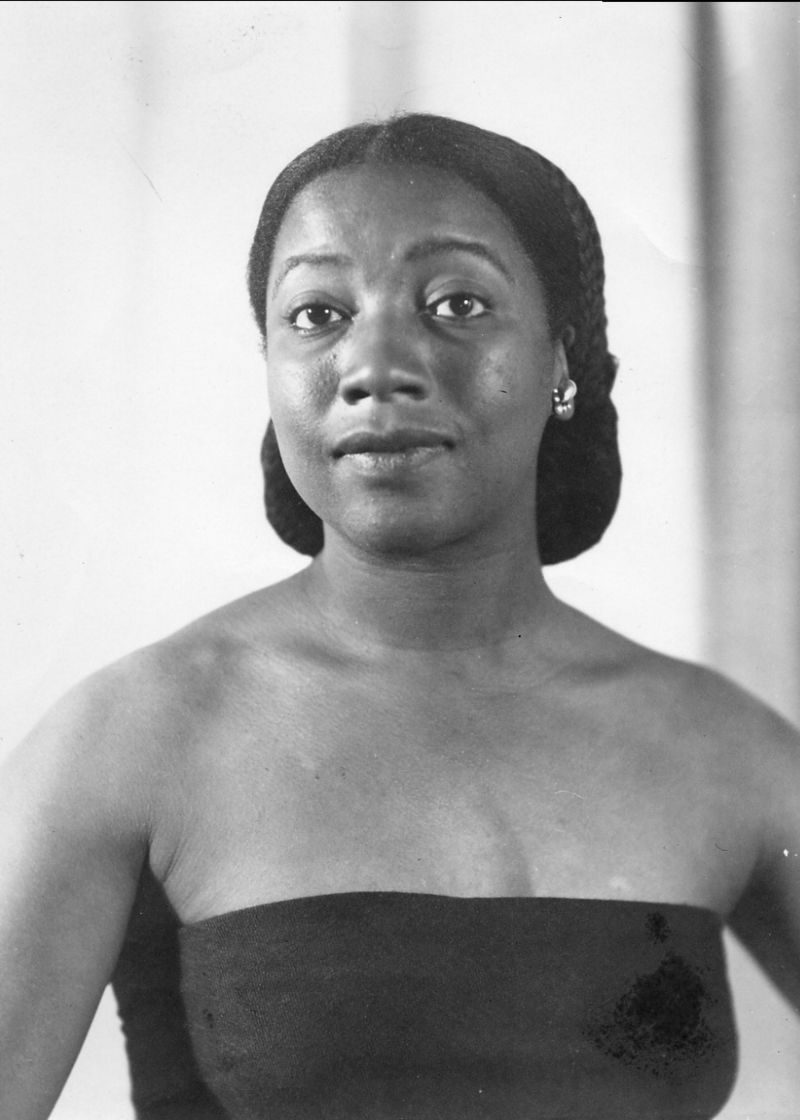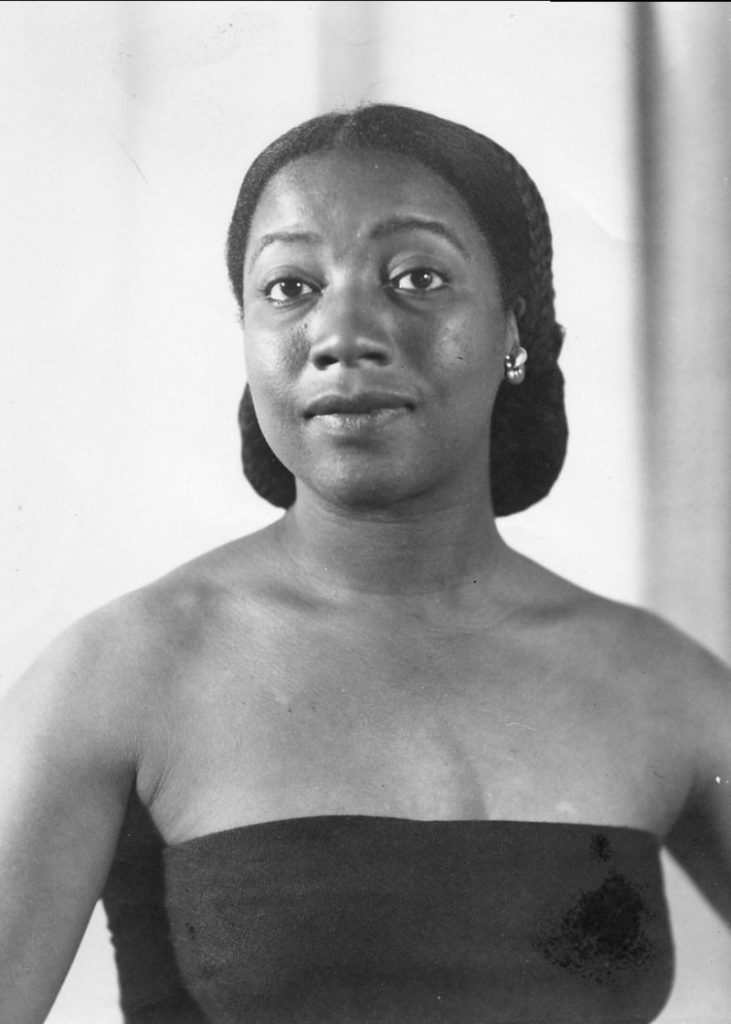
Good morning POU! It’s Friday and I am ready to start my weekend. Continuing on with theme…

Thelma Johnson Streat (August 12, 1911 – May 1959) was an African-American artist, dancer, and educator. She gained prominence in the 1940s for her art, performance and work to foster intercultural understanding and appreciation.
Thelma Johnson was born August 12, 1911, in Yakima, a small agricultural town in Washington State, to artist James Johnson, and his wife Gertrude. Her family then moved to Portland, Oregon. In 1932, she graduated from Washington High School. She studied art at the Museum Art School in Portland from 1934 to 1935 and took additional art courses at the University of Oregon from 1935 to 1936.
The work of Thelma Johnson Streat is, in my opinion, one of the most interesting manifestations in this country at present. It is extremely evolved and sophisticated enough to reconquer the grace and purity of African and American art.—
Diego Rivera, artist
Streat was a multi-talented artist, seeking to express herself through many creative avenues, including oil and watercolor paintings, pen and ink drawings, charcoal sketches, mixed media murals, and textile design.
In 1939 until 1940, Streat assisted artist Diego Rivera in the creation of the Pan American Unity mural, for the Art in Action exhibition at Treasure Island’s Golden Gate International Exposition (GGIE). A portrait of Streat, just one of the many of Rivera’s friends depicted in this mural, it can be seen at City College of San Francisco (CCSF) in The Diego Rivera Theatre on Ocean Campus.
Her most well-known painting, “Rabbit Man,” is part of the MoMA’s permanent collection. Streat was the first African-American woman to have a woman to have a painting purchased by MoMA, when the painting was purchased in 1942. Streat’s work was added to the permanent collection of The Smithsonian when they purchased “Medicine and Transportation Mural” in 2016. The mural resides at the African American Museum of History and Culture in Washington D.C.
Her painting “Medicine and Transportation” is on display as part of the permanent collection in the Smithsonian’s National Museum of African American History and Culture.
People who have owned Streat’s work include actor Vincent Price, singer Roland Hayes, artist Diego Rivera, actress Fanny Brice, dancer Katherine Dunham, and actress Paulette Goddard.
Streat traveled to Haiti, Mexico, and Canada to study the traditional dance and culture of indigenous people.
She realized that prejudice and bigotry are learned and usually during childhood. So, throughout the 1940s and 50s, she performed dances, songs, and folk tales from many cultures to thousands of youngsters across Europe, Canada, Mexico, and the United States in an effort to introduce them to the beauty and value of all cultures.
With her second husband, John Edgar Kline, Streat founded Children’s City near Honolulu, to introduce children to art and to the value of cultural diversity.
Her portraits present men, women, girls, and boys of every color, age, shape, and size with dignity.
Her work was sometimes controversial. The Los Angeles Times reported that Streat was threatened by the Ku Klux Klan for her painting called “Death of a Negro Sailor,” portraying an African-American sailor dying after risking his life abroad to protect the democratic rights he was denied at home. The threat only made Streat believe that a program showing not only the Negro’s tribulations but also the Negro’s contributions to the nation’s wealth was needed, so she initiated a visual education program called “The Negro in History.”
Through a series of murals depicting the contributions of people of African descent, panels showed black Americans in industry, agriculture, medicine, science, meat packing, and transportation. There was even a panel on the contributions of black women.
Streat’s work often portrayed important figures in history. Along with images of well-known Americans like Frank Lloyd Wright, she painted a series of portraits of famous people of African ancestry, including concert singer Marian Anderson, singer/actor/activist Paul Robeson, Toussaint L’Overture, and Harriet Tubman, and more. As a pioneer in modern African American art, her work influenced and was influenced by Jacob Lawrence, Sargent Johnson, Romare Bearden, William H. Johnson, and the other artistic leaders of her time. Her ability to integrate dance, song, and folklore from a variety of cultures into a presentation package and utilize it to educate and inspire an appreciation across ethnic lines was revolutionary for her time.
